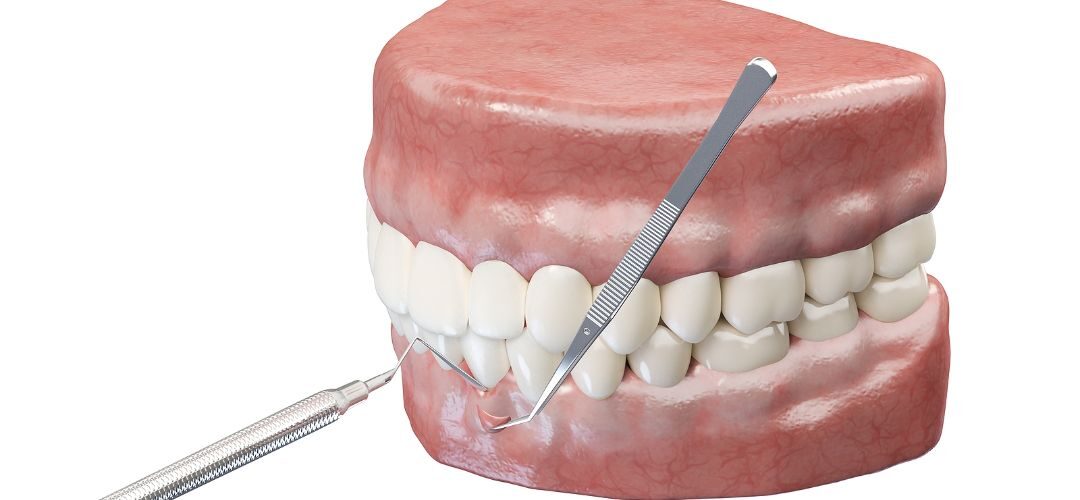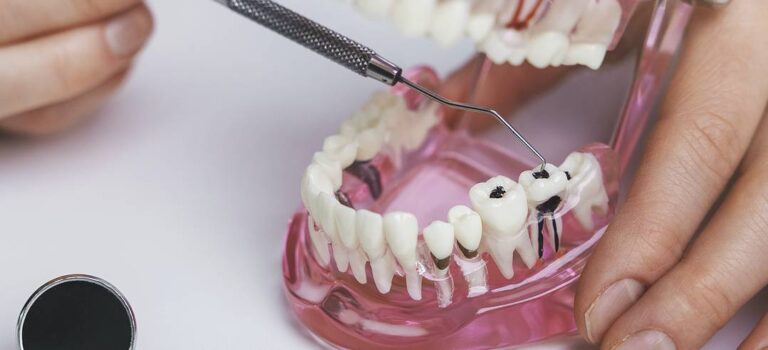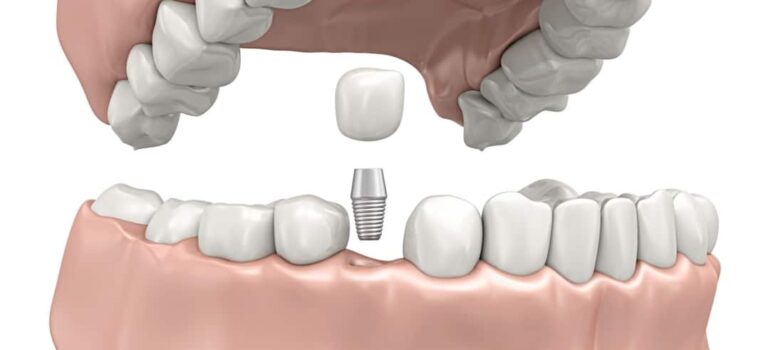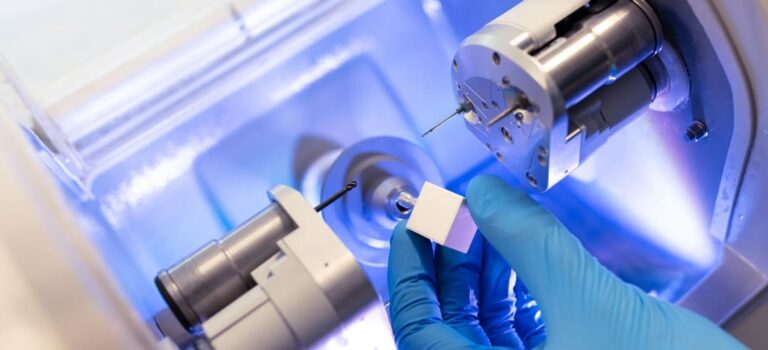Pro Smile Dental Care offers restorative dentistry services, including gum and bone grafts, to our Danville and East Bay patients in California. These procedures can help restore the health and appearance of your smile. These grafts help to treat the following dental conditions:
- Gingivitis
- Periodontal Disease
- Jawbone Decay
What Are Gum Grafts & Who Qualifies?
Gum graft surgery is restorative dentistry that removes healthy gum tissue from one part of your mouth, such as the roof. Your surgeon then transplants the tissue to the area where gum tissue has receded. It’s intended to stop your gums from receding further and to limit pain and sensitivity caused by exposed teeth roots.
Dentists often suggest gum graft surgery to treat severe gingivitis, gum disease (periodontal disease), and other gum-related issues.
How Do I Know If I Have Gum Disease?
Gum disease can be uncomfortable and even painful. Here are some symptoms to look out for, especially if you haven’t visited the dentist in a long time.
- Receding Gums
- Bad Breath
- Loose Teeth
- Bleeding Gums
- Swollen Gums
- Pain/Difficulty Chewing
- Sensitivity To Hot & Cold Food & Beverages
What To Expect During Gum Graft Surgery
Depending on the severity of your condition and how many teeth are involved, the procedure can take anywhere from one to several hours. Here’s what’s involved.
- Your dental surgeon will administer local anesthesia or oral sedation.
- They will prepare the transplant site. This involves cutting into your gums to create a flap.
- Your teeth roots also must be cleaned for the procedure.
- They will harvest the gum graft by cutting a wedge of inner tissue from the harvest area, then closing it with stitches or a periodontal dressing.
- After this, they’ll place the gum graft over the recession area and your exposed roots.
- Finally, they’ll reposition the gum tissue and stitch it into place. Some stitches fall out or dissolve independently; others may need removal at a follow-up visit.
Recovering From A Gum Grafting Procedure
You shouldn’t feel pain during the procedure, since your gums and harvest site will be thoroughly numbed. It may hurt some after the surgery, but you’ll receive pain meds and instructions to help reduce discomfort post-surgery.
Follow all discharge instructions carefully to minimize the risk of side effects such as infection. You’ll generally have at least one follow-up about a week after the surgery, with more appointments to be discussed and scheduled by your periodontist.
What Is A Dental Bone Graft?
It’s a procedure that aims to increase the volume and density of your jawbone in areas where jaw decay and bone loss have occurred. Grafting material is placed in the area needing to be rebuilt, and it acts like a scaffold in which your bone tissue grows and regenerates. There are four types of grafting material.
- Autogenous – Bone Obtained From Your Own Body
- Allograft – Bone Obtained From A Human Tissue Bank
- Xenograft – Bone Obtained From An Animal Tissue Bank
- Alloplast – Synthetic Bone Graft Material
Why Do I Need Dental Bone Grafts?
There are several reasons why your dentist may have recommended one or more bone grafts. The procedure is often indicated for people with bone loss in their jaw. Patients who receive dental implants to replace missing teeth often require grafts.
So do some denture recipients if their jaw loss is severe enough. Some cases of periodontal disease also lead to bone loss that might require a bone graft to resolve.
Dental Bone Graft Placement Is Nothing To Fear
This procedure has been around for many years and is very common. Around 50% of dental implant recipients need to have some bone grafting done before their implant surgery. Dental bone grafts are done outpatient, with either general anesthesia or IV sedation.
Bed rest is recommended for the first day after the procedure, and you’ll likely need to take it easy for a week or so afterward. Some patients with extensive grafting may need prescription pain meds, but most can get by with over-the-counter medications. Sometimes you will be prescribed a post-procedure antibiotic course as a preventative measure. A dental bone graft is nowhere near as scary as it sounds.
Aftercare Tips For Gum & Bone Grafts
Recovery is similar, even though the procedures are different.
- Take your painkillers and other medication as prescribed by your dentist.
- Stick to a soft diet (your provider will give details).
- Don’t smoke or drink alcohol for at least several weeks after your procedure.
- Brush teeth carefully around the graft site and use any special mouthwash.
- Attend all your follow-up appointments. Your dentist needs to monitor your progress and ensure proper healing.
- Contact your dentist immediately if you have severe pain, bleeding, fever, or other abnormal symptoms. If it’s after hours, and you can’t find an emergency dentist, go to an ER.
Restorative Dentists Serving The East Bay
Gum and bone grafts are important aspects of restorative dentistry. If you have gum recession or jawbone loss, such a procedure might just be the solution you need. In California’s East Bay Area, please contact Pro Smile Dental today for an appointment and to learn how grafting can help restore your beautiful smile.





